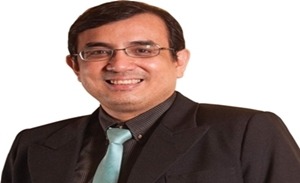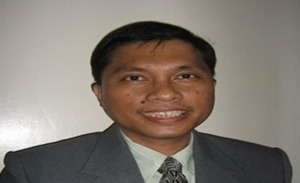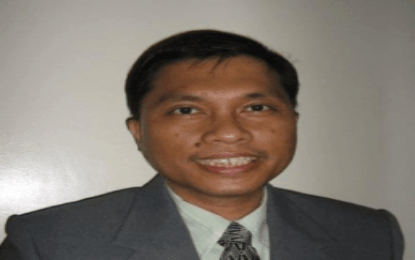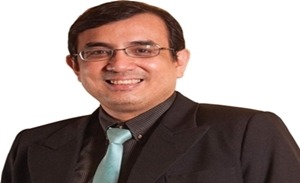ESPRESSO MORNINGS
By Joe Zaldarriaga

Under his guidance, Meralco achieved unprecedented milestones, clinching a historic 3-peat Company of the Year title at the IABC Philippine Quill Awards, scoring the only PR Team of the Year trophy bestowed at the Anvil Awards, and securing numerous honors at international and local communication awards.
Manong Joe’s leadership also extends as a respected member of the Board of Trustees for the Public Relations Society of the Philippines (PRSP), concurrent with his role as Chairman of the International Association of Business Communicators Philippines (IABC Philippines) where he also served as its President.
Manong Joe is a distinguished awardee of the medallion of honor and scroll of commendation from the University of Manila, owing to his years in public service as a communications professional. He shares his insights through columns in renowned publications, including The Philippine Star’s The Z Factor, and Philippine News Agency’s ESPRESSO MORNINGS.
President Ferdinand R. Marcos Jr. over the weekend ordered the suspension of the rehabilitation of the Epifanio de los Santos Avenue (EDSA)—a welcome and necessary intervention in light of the potentially chaotic rollout of the project.
According to the President, the postponement paves the way for government agencies to find a better way to implement the long overdue rehabilitation of Metro Manila’s main thoroughfare as commuters and motorists were left with more questions than answers after the Metropolitan Manila Development Authority (MMDA) initially announced the new “odd-even” traffic scheme that was supposed to be enforced alongside the repairs.
The supposed two-year project was put on pause following complaints and questions from the general public over the massive disruption resulting from the roadworks, which was coupled with confusing pronouncements from the government.
Large infrastructure projects are disruptive by nature, but the lack of clear communication about the details of the EDSA rehabilitation, particularly on mobility and traffic, only heightened public anxiety since initial announcements made by government officials lacked fundamental details, leaving motorists guessing for answers.
There is no doubt that EDSA needs rehabilitation. The intention and necessity of the project are not in question. The problem is communication. This episode on the EDSA rehabilitation highlighted an often overlooked yet essential aspect of governance and public service: public information.
This serves as a wake-up call for the MMDA and other government agencies that large-scale projects require a robust public information strategy—clarity over chaos.
We’re not just talking about an infrastructure project here that would require minor adjustments on the part of commuters and motorists. We’re talking about a major public undertaking that requires the cooperation of the people to succeed in a timely basis.
With millions of vehicles and commuters traversing EDSA on a daily basis, a potential disruption of this magnitude should be accompanied by correct, clear, timely, and accessible information. We cannot allow major decisions surrounding a project this big to be executed in a vacuum.
Public information cannot be an afterthought in situations such as this given that EDSA is a lifeline not only for the economy but in the daily lives of millions of people.
Effective public information campaigns are borne out of comprehensive planning, and consultations with technical experts, businesses, motorists, and the riding public. To say that a public information campaign is truly effective, it should address the basic concerns of the public well in advance of the implementation of the infrastructure project, and should inform the public of the essentials: what, when, where, why, and how they will be affected.
Government communicators must go beyond media interviews, press releases, and piecemeal and vague advisories. Effective public communication in this regard should involve clear timelines, rerouting and traffic schemes, on-the-ground information drives, easy-to-memorize reminders, and visual and multilingual guides—all of which are accessible to the public in various channels.
The most important aspect and challenge here is how to explain all in a way that the general public—from the office executive to the street vendor—can understand and plan around. Anything less than this is disrespectful to the daily lives of Filipinos.
The suspension of the EDSA rehabilitation is an opportunity for the government to go back to the drawing board, not only to improve the technical details of the project but to overhaul its public information campaign.
As a resident of Metro Manila and a concerned citizen, I share the President’s call on government agencies involved in this project to find a better way to implement the rehabilitation of EDSA—one that works with and for the people, not around them.





